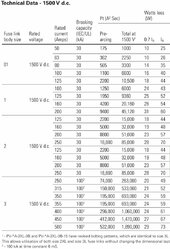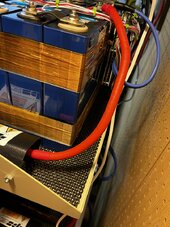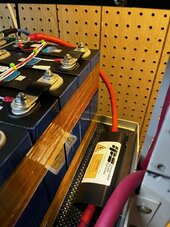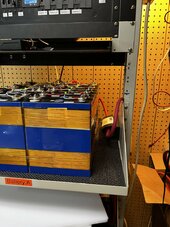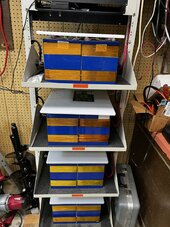seneysolar
Solar Addict
What type of shelves are these?
I worry about compressed cells on a shelf that sags in the middle, it squeezes the cells at the top like an accordion.
Was there ever a determination of the previous cell failure in the other post?
I worry about compressed cells on a shelf that sags in the middle, it squeezes the cells at the top like an accordion.
Was there ever a determination of the previous cell failure in the other post?



